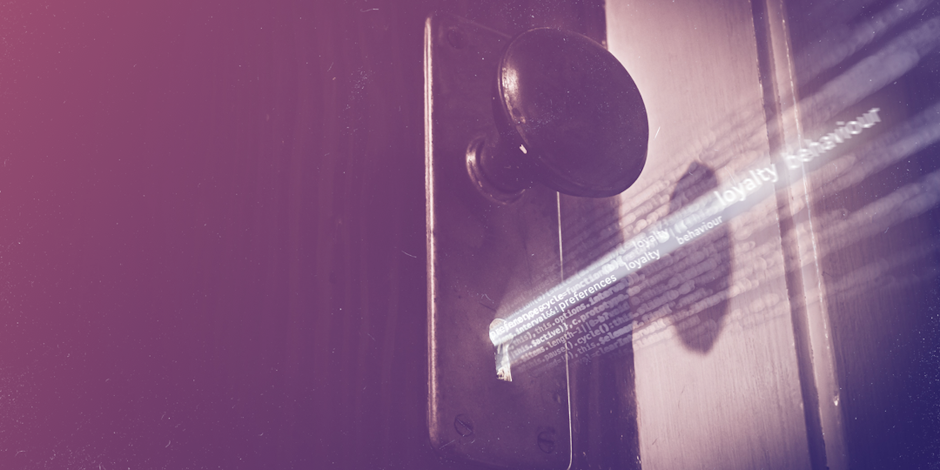Is gamification key to driving business results?
Can you answer yes to any of these questions?

- Have you ever gotten lost in the moment when competing to win?
- Do you like to challenge yourself to do better?
- Do you sometimes forget about time passing when you’re having fun?
- Does being rewarded make you like a brand more?
- Have you ever taken a quiz that explains a personality trait of yours?
If so, do you remember the experience a bit more vividly than if I asked you to think about the last time you interacted with a brand? I imagine many of you are nodding your heads ‘yes’.
These questions are related to five core game mechanics — to compete, to be challenged, to have fun, to be rewarded, to mirror — that are sure to engage and activate your audience in ways that traditional marketing just can’t do.
In fact, Gartner research states that human beings are hardwired to compete and enjoy games. In addition to this, our braids crave specific chemicals like oxytocin, dopamine, serotonin, and endorphins. These DOSE chemicals make us happy, and naturally, make us want to experience more of the same.
When game mechanics are applied correctly, they create memorable experiences for consumers. Coupled with the fact that the human brain craves the chemicals that are released when playing a game, this can only mean one thing: brands that use gamification in the marketing correctly will be remembered more.
Gamification: the key to unlocking the next step in the customer journey
Today, getting, keeping, and growing customers is harder than ever. With constant competition, consumers become weary of brands and requests for data, and ads in general. But by applying game mechanics, it enables any company in any industry, anywhere in the world to get, keep, and grow customers across the entire journey.
Our customers use marketing gamification to get new permissions and/or leads, drive footfall to physical stores, attract more visitors to a trade show booth, engage deeper with social media audience(s), enrich data in their existing database, as part of their automation flow across the entire lifecycle, prevent churn, increase engagement time, and train and educate resellers and staff.
It’s in our nature to have a hard time resisting play and games. More than 82 years ago, Dutch historian and cultural theorist Johan Huizinga said, “We play because it is in our nature to do so.” With this in mind, we know that gamification will continue to be effective at getting, keeping, and growing, unless something significant suddenly changes in our brains.
A data study: is gamification fit for any industry?
We recently conducted an analysis to see if our hypothesis was correct. We get consistent qualitative feedback that gamification works well across markets. But what we wanted to see was if gamification campaigns across industries produced consistent engagement results.
Our Data Insights Manager analysed 220+ million sessions, ~90 million permissions, ~25 million unique emails, and ~1.6 million hours played. This analysis looked at how game mechanics performed in various contexts, including demographics, geographics, and industries, to see if gamification works for everyone.
The results showed an average engagement time of 65 seconds, with an interval range between 54 to 79 seconds. Even with variations, the time spent is fairly consistent across industries. It’s also worth noting that the average engagement time of gamification campaigns easily outperforms the average engagement time that marketers see in media of comparison like, digital content and digital ads. In fact, a study by venture capitalist Mary Meeker shows that the average engagement time with online ads is just 1.5 seconds. So that’s quite a remarkable difference.
For the rest of the results, you can see the session we recorded on just this topic and get access to the slides with the survey results here.
Key takeaways
While it’s certainly a bold statement, I do believe that it’s fair to conclude that audiences from all industries, demographics and geographical locations, seem to be willing to engage with gamification. And engage for longer amounts of time than other types of marketing can hold attention. Of course the performance is not exactly the same, but there broad consistency in engagement, seems to indicate that all individuals, given that we are humans and hardwired to like to compete, to be challenged, to have fun, to be rewarded, and to see how we compare to others (to mirror), are receptive to marketing gamification.
Through the right use of game mechanics, marketers can unlock that next step with their audience, whether that’s:
- Increasing the chance to activate a larger portion of a defined target audience regardless of whether they meet your brand in an ad, app, website, social media, or elsewhere
- Creating an experience where the audience spends 60 seconds on average (or more!) with your brand. When designed correctly and by using game mechanics, brands unlock opportunities to get to the next step, whether that’s collecting data, gathering permissions, driving footfall, moving consumers towards a website purchase, or something else
Even if neither of these scenarios happen, the second best thing in marketing happens: consumers will remember you.
Article by Martin Bjørn Madsen, CEO, Leadfamly.

